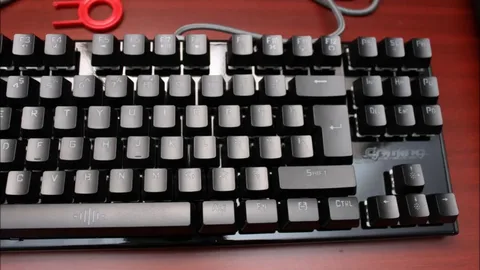Choosing the right keyboard can significantly impact your productivity and comfort, whether you’re a gamer, writer, programmer, or office worker. Two of the most common keyboard layouts are the full-size keyboard and the 87 keyboard (also known as a Tenkeyless or TKL keyboard). In this article, we’ll explore the key differences, benefits, and drawbacks to help you decide between the two.
What is a Full-Size Keyboard?
A full-size keyboard typically includes:
- 104 to 108 keys
- A number pad (numpad) on the right side
- Function keys, navigation keys, and arrow keys
Pros of Full-Size Keyboards:
- Ideal for tasks that require frequent number input (accounting, data entry, etc.)
- Familiar layout for most users
- Often comes with additional multimedia or programmable keys
Cons:
- Takes up more desk space
- Less portable
- May require more arm movement, which can cause strain over time
What is an 87-Key (Tenkeyless) Keyboard?
The 87-key or Tenkeyless (TKL) keyboard removes the number pad but retains all other keys, including function and navigation keys.
Pros of 87-Key Keyboards:
- More compact and portable
- Provides more space for mouse movement (great for gamers)
- Promotes a more ergonomic typing posture
Cons:
- Not ideal for number-heavy work
- Might take time to adjust if you’re used to a numpad
Full-Size vs. 87 Keyboard: Which One Should You Choose?
When comparing Full-Size vs. 87 Keyboard: Which One Should You Choose?, the answer largely depends on your specific needs and workspace setup.
- Choose a full-size keyboard if you regularly use the number pad or prefer a more traditional setup.
- Choose an 87-key keyboard if you want a minimalist design, have limited desk space, or need more room for mouse movement.
For example, gamers and programmers often prefer TKL keyboards for the extra mouse space, while data entry professionals may find full-size models more efficient.
Final Thoughts
To summarize, the debate of Full-Size vs. 87 Keyboard: Which One Should You Choose? comes down to personal preference and use case. Consider your workflow, desk space, and ergonomic needs before making a decision. Both options have their strengths, and the best keyboard is the one that fits seamlessly into your daily routine.


